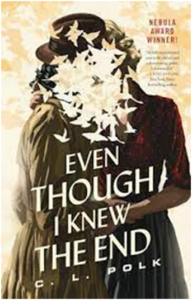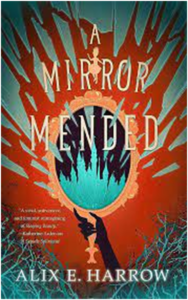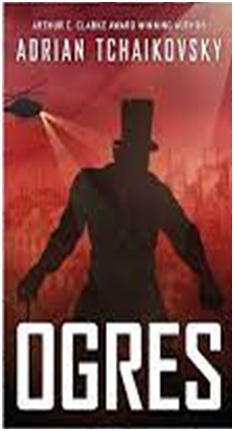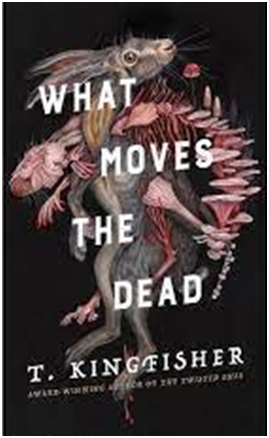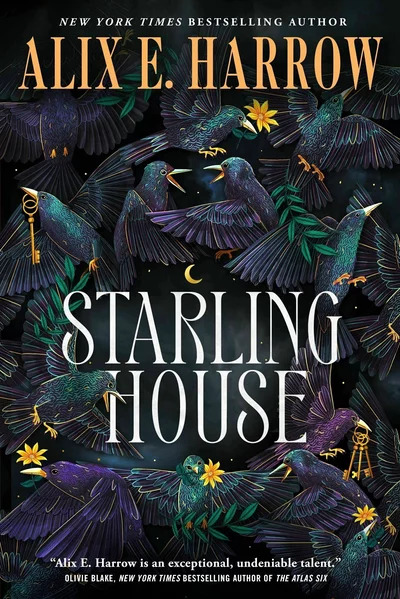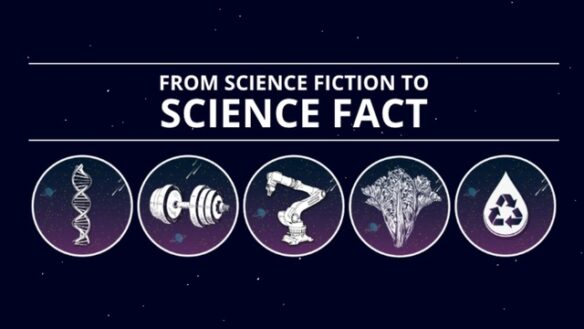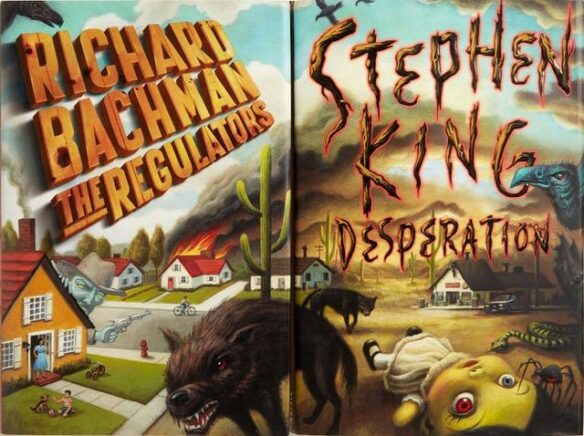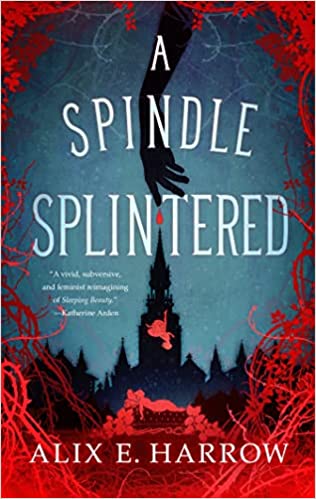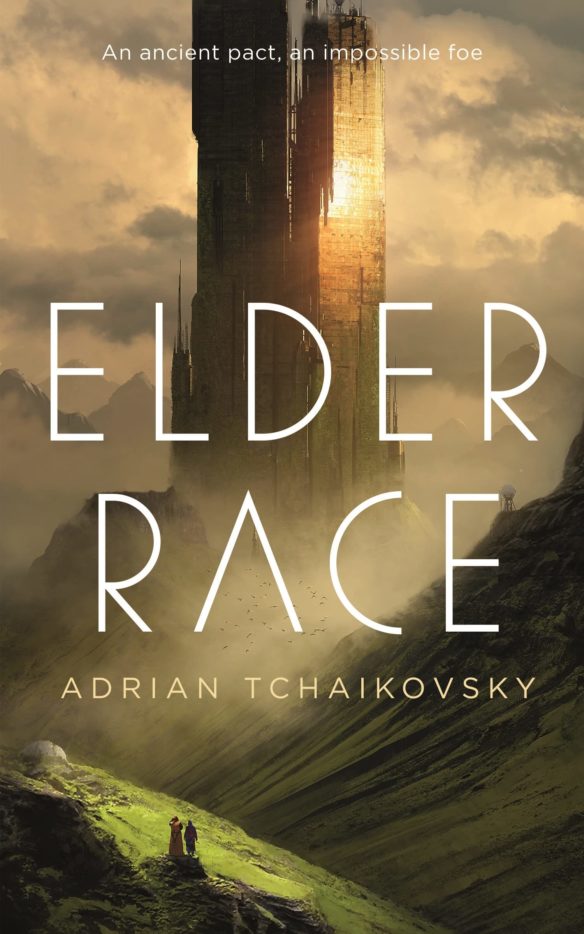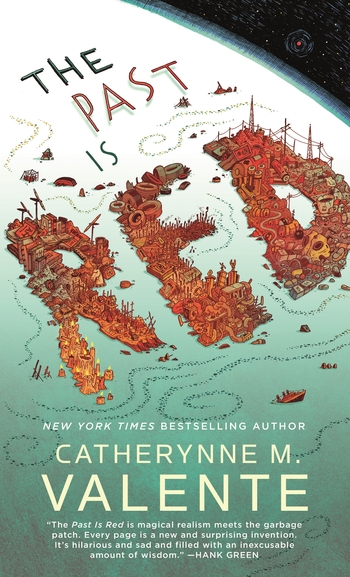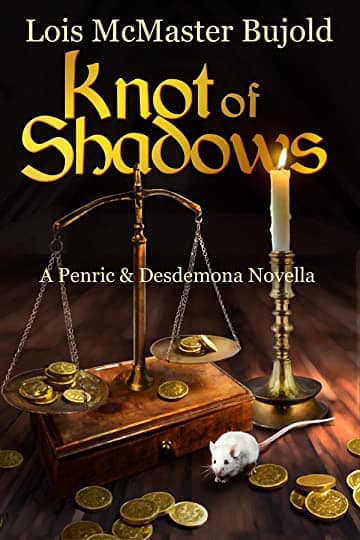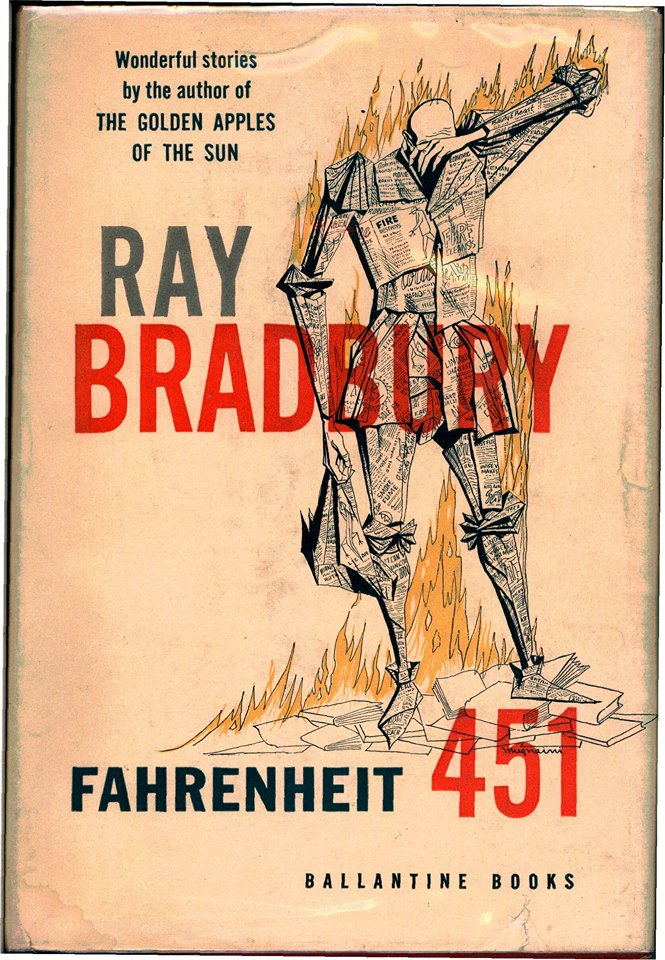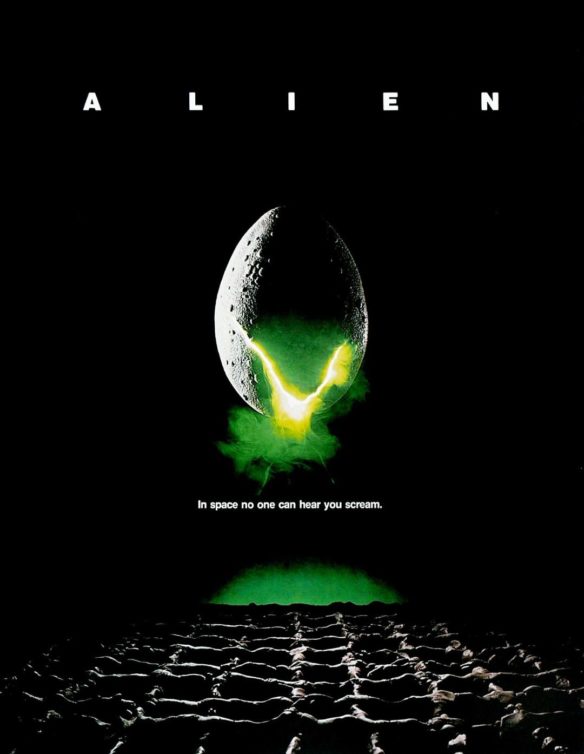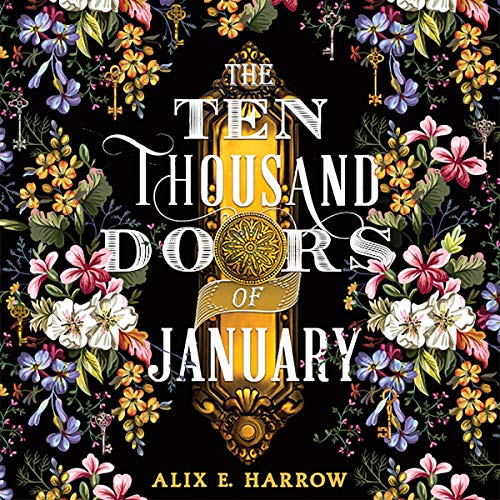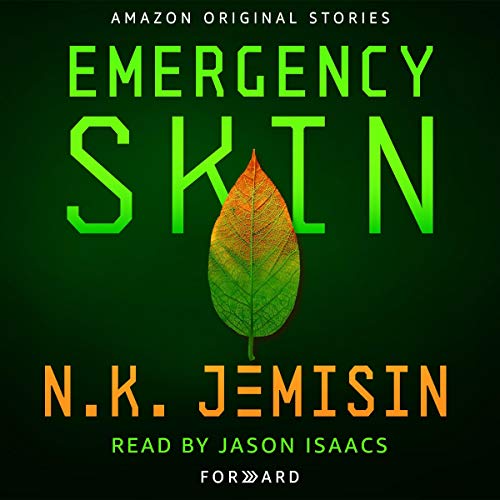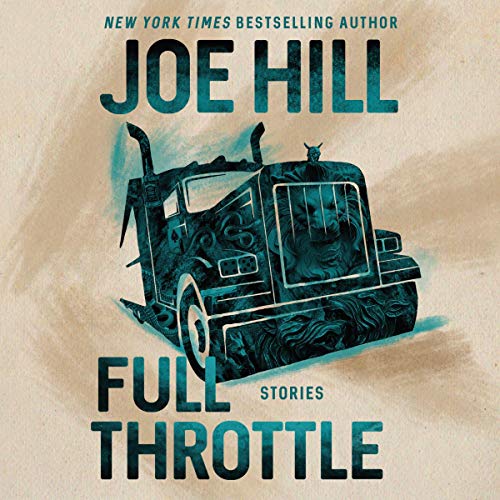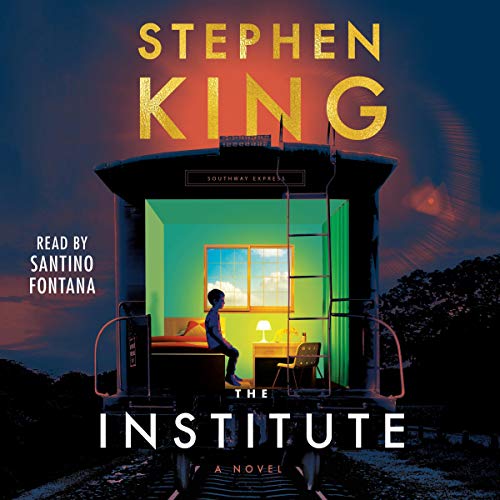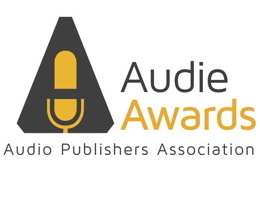(1) GREG HILDEBRANDT (1939-2024). Artist Greg Hildebrandt died October 31. Tolkien Collectors Guide paid tribute:
Greg’s wife Jean posted this to his social media today that he has passed after a short illness.
“The light has gone out in my life. At 12:36 pm this afternoon the love of my life, my best friend and soulmate passed away. Greg was 85 years young. He was the sweetest man I ever knew. We worked together for 45 years. We lived together for 33 of those years. We had a beautiful life we were blessed. Greg has been fighting for 5 months to regain his ability to breathe after a serious side effect of a heart medication. He fought very hard to win this battle but in the end he was just too weak. He passed away peacefully in my arms. He knew he was safe and he was loved and he will be missed terribly. I cannot imagine my life without him. He was my guy, yesterday, today, tomorrow and forever. You are my heart and it is broken!”
Greg and Tim Hildebrandt, known as the Brothers Hildebrandt (born January 23, 1939), were American twin brothers who worked collaboratively as fantasy and science fiction artists for many years, produced illustrations for comic books, movie posters, children’s books, posters, novels, calendars, advertisements, and trading cards. Tim Hildebrandt died on June 11, 2006.
Greg Hildebrandt received a Chesley Award for Artistic Achievement in 2010. Gizmodo’s tribute includes numerous examples of his artwork.

(2) WORDS FROM NEW SFWA PRESIDENT. SFWA’s newly-elected President Kate Ristau today sent this message to members:
In June, writers, creators, and fans gathered in-person and online to countdown to the start of the Nebula Awards Ceremony. In Pasadena, we passed out glow sticks and monitored the YouTube chat. We were ready to celebrate the works and creators that lit up the year.
The moments before the SFWA logo hits the screen are full of anticipation. For the past four years, I have felt this joy as I served on the Nebula Awards Ceremony Team, honoring and celebrating the speculative fiction community. Now, I am stepping into a new leadership role to serve as your SFWA President.
But I know it’s not just me.
As an Executive Director of a 501(c)(3) arts nonprofit, I understand that this is a role of stewardship and care. I am serving the organization – helping us get on the right path. I would like to see us do that work together with character and integrity (to be the Samwise Gamgees and Ned Starks of the world…without losing our potatoes or our heads).
SFWA is in a time of transition, and faces many decisions as it rockets into the future. My intent is not to make these decisions for the organization – it is to help the organization make the best decisions. That takes community, collaboration, and a coalition of people willing to step up and make SFWA better.
That is how SFWA works. We celebrate, advocate, and support our genre community through the efforts of active and engaged volunteers, supporters, allies, staff, and friends.
We do that work together.
So, while I am excited about the opportunities I see to improve the trajectory of the organization – to lead strategically and encourage growth while being grounded in fundamentally sound organizational systems and principles – I am most excited about working with all of you.
As I step up into this position, and work toward better meeting the mission of SFWA, I look forward to collaboration, cooperation, and growth – with your help.
In the final moments of the 2024 Nebula Awards Ceremony, we raised our glowsticks and sparkled in the chat as Sarah Gailey encouraged us to carry our fires with us, “burning with passion and anger and rage and sorrow and love.” But they also reminded us that we carry those fires “in all our courage and all our principles.”
So as we light the way, as we carry candles for our genre and for our friends, we do so together.
Thank you for giving me the opportunity to light the way with you.
(3) HEAR FEAR. To celebrate Halloween, Here & Now producer Kalyani Saxena spoke with three horror authors — Grady Hendrix, Alexis Henderson and Alix E. Harrow — at WBUR’s CitySpace. “Terrifying tales: How 3 horror writers think about the hidden power of scary stories”. Hear the 10-minute radio Q&A at the link.
(4) CONTRASTING DOCTOR WHO WITH UN PEACEKEEPING MISSIONS. “Fourth Annual Symposium on Pop Culture and International Law: Doctor Who and Humanitarian Interventions – How a Time Lord foreshadows the Responsibility to Protect” at OpinioJuris.
…Echoing this condemnation, the Doctor is once again put on trial for his intergalactic meddling, this time by the High Court of the Time Lords (1986). The viewer is presented with a litany of negative consequences that have resulted from the Doctor’s unsanctioned interventions. However, this time, the Doctor puts forward a strident defence of their actions, illustrating the changing norms around foreign intervention at the end of the Cold War. The Doctor condemns the Time Lords for their bureaucratic passivity in the face of atrocity crimes and proudly declares, “While you have been content merely to observe the evil in the galaxy, I have been fighting against it”. The High Court eventually accepts the Doctor’s argument that action must be taken ‘in the face of evil’, but still punishes them for breaking a seemingly inviolable law.
While the Doctor had embraced the need for intervention, the UN – like the Time Lords – was slow to follow….
(5) BA-BUMP! “What makes music scary? Your imagination plays a part” explains NPR.
Just two notes are all it takes for John Williams to build tension in his famous composition for the film “Jaws.”
“We don’t see the shark at the beginning, but we know there’s something there,” said Daniel Goldmark, head of popular music studies at Case Western Reserve University. “It all just comes down to this very, very tiny little paring of sounds that turns into something really, well, monstrous.”
Repetition is another musical technique that comes up often in soundtracks for scary movies. Other commonalities include minor keys and held-out dissonances, where the notes seem to disagree….
… Ferraguto said he particularly enjoys the use of instruments in the final movement of “Symphonie Fantastique” by Hector Berlioz, influenced by the story that goes with it.
“There’s an E-flat clarinet solo that sounds like a kind of cackling, insane witch. And beneath that are these bubbling bassoons that I kind of always imagine as a kind of a cauldron,” he said.
The opening theme of Stanley Kubrick’s 1980 film “The Shining” also adapted a selection of “Symphonie Fantastique,” which plays as a car navigates to a remote hotel in the mountains…
(6) DEATHWORLD IS HERE. [Item by Steven French.] Author Andrew Michael Hurley ponders the diverse roles played by nature itself in dystopian fiction: “The new folk horror: nature is coming to kill you!” in the Guardian.
Concern about the depletion and loss of nature is nothing new. Anxieties about global ecological catastrophes have been present in dystopian fiction for at least the last century. Nordenholt’s Million, a 1923 novel by Alfred Walter Stewart (writing as JJ Connington) sees a pernicious bacterium, known as the Blight laying waste to the world’s soil. It’s a precursor to John Christopher’s The Death of Grass (1956) where the so-called Chung-Li virus decimates the wheat harvest in the far east before spreading across the entire Earth.
Worlds in other post-apocalyptic novels are scarred by pollution, acid rain, genetic mutation, overcrowding, fire and drought – and, perhaps unsurprisingly, the genre is deluged by catastrophic flooding. In JG Ballard’s work of 1962, The Drowned World, the ice caps have melted, and England has been transformed into a tropical quagmire. While Richard Cowper’s The Road to Corlay (1978) takes us to a Great Britain of the year 3000, where rising sea levels have split the country into the Seven Kingdoms, making the Mendips and the Quantocks islands. More recently, we might think of Megan Hunter’s The End We Start From and also Julia Armfield’s Private Rites, which reimagines King Lear in a half-submerged London.
(7) FROM THE BLACK LAGOON TO YOU. FigureFan Zero reviews “Universal Monsters: Ultimate Creature From The Black Lagoon by NECA”.
Over the last couple years, I’ve taken a look at quite a few of NECA’s Ultimate Universal Monsters, but oddly enough I have yet to touch on my favorite one of the bunch. Yup, it’s The Gillman, and he is not only one of my favorite creature designs of all time, but I absolutely love the movies. When I was about ten years old, they showed Revenge of the Creature in 3D on network television and it was a huge event in our house. We got the 3D glasses for the whole family, my Dad made Jiffypop and it was just a great time and a very fond memory….

(8) TODAY’S BIRTHDAY.
[Written by JJ.]
Born November 1, 1923 — Gordon R. Dickson. (Died 2001.)
By JJ: Writer, Filker, and Fan. Gordon R. Dickson was truly one of the best writers of both science fiction and fantasy. It would require a skald to detail his stellar career in any detail.
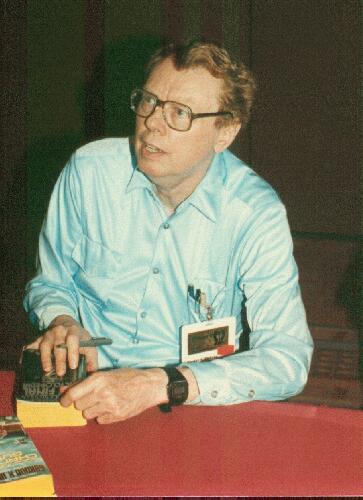
His first published speculative fiction was the short story “Trespass!”, written with Poul Anderson, in the Spring 1950 issue of Fantastic Stories. Childe Cycle, featuring the Dorsai, is his best known series, and the Hoka are certainly his and Poul Anderson’s silliest creation.
I’m very fond of his Dragon Knight series, which I think reflects his interest in medieval history. His works received a multitude of award nominations, and he won Hugo, Nebula, and British Fantasy Awards.
In 1975, he was presented the Skylark Award for achievement in imaginative fiction. He was Guest of Honor at dozens of conventions, including the 1984 Worldcon, and he was named to the Science Fiction Hall of Fame and the Filk Hall of Fame.
The Dorsai Irregulars, an invitation-only fan volunteer security group named after his series, was formed at the 1974 Worldcon in response to the theft of some of Kelly Freas’ work the year before, and has provided security at conventions ever since.
(9) COMICS SECTION.
- Crankshaft continues monster vs. pizza.
- Dog Eats Doug understands the cats’ plan.
(10) WHEN READING THE BOOK IS NOT RECOMMENDED. Collider offers its list of “10 Worst Horror Movie Decisions, Ranked”.
In horror movies, characters often don’t always make the right decisions. It’s a common cliché that some of them would make completely baffling, even moronic, choices that either get them or other people killed. Anyone who has ever seen these films can at least relate to one time or another getting frustrated whenever they notice the characters are doing something that they should have completely done the opposite way.
Here’s one of their favorites.
3. Reading from the Book
‘The Evil Dead’ Franchise (1981-)
The Evil Dead films are the go-to for splatter horror entertainment. Featuring five near-perfect installments, including a beloved but short-lived TV series, this bloody good franchise often follows groups of people as they come across “The Necronomicon Ex-Mortis,” or The Book of the Dead. Bound in human flesh and inked with blood, it harbors a dark power that can summon demons and other nightmarish creatures to attack or possess whoever so unwisely reads out loud its incantations.
However, that’s precisely how all this trouble in the Evil Dead films starts. Whether it’s through sheer naivety or dumb curiosity, some characters completely ignore all warning signs to not utter words from the Necronomicon, but they do it anyway. Unfortunately, it leads to terrifying consequences as the book unleashes its frightening demons, known as the Deadites, to proceed to take over bodies and attack those around them. This happens a lot throughout the franchise, especially when the hero, Ash Williams (Bruce Campbell), has possession of it, as he always seems to mess things up and unleash hell once again.
(11) ROLLING, ROLLING, ROLLING. “The New Glenn rocket’s first stage is real, and it’s spectacular” at Ars Technica.
Blue Origin took another significant step toward the launch of its large New Glenn rocket on Tuesday night by rolling the first stage of the vehicle to a launch site at Cape Canaveral, Florida.
Although the company’s rocket factory in Florida is only a few miles from Launch Complex 36 at Cape Canaveral Space Force Station, because of the rocket and transporter’s size, the procession had to follow a more circuitous route. In a post on LinkedIn, Blue Origin’s chief executive, Dave Limp, said the route taken by the rocket to the pad is 23 miles long.
Limp also provided some details on GERT, the company’s nickname for the “Giant Enormous Rocket Truck” devised to transport the massive New Glenn first stage.
“Our transporter comprises two trailers connected by cradles and a strongback assembly designed in-house,” Limp said. “There are 22 axles and 176 tires on this transport vehicle. It’s towed by an Oshkosh M1070, a repurposed US Army tank transporter, with 505 horsepower and 1,825 pound-feet of torque.”
The transporter can only take certain roads due to its length, 310 feet (95 meters), and height with the rocket on board. The New Glenn booster has a diameter of 23 feet (7 meters), which is far too large to transport beneath conventional bridges….
(12) RAT PATROL. [Item by Mike Kennedy.] Two new job categories may be opening: one for African giant pouched rats to sniff out wildlife contraband and another for their handlers. The 3-pound rodents are trained to pick up the scent of various wildlife items that are commonly smuggled (think ivory as a very recognizable example) and alert their handlers.
Willard would be so proud. Ben would just want the treat that comes along with a correct alert. “Giant three-pound rats trained to sniff out illegal poaching” – Popular Science has the story.
African giant pouched rats (Cricetomys gambianus) could be the next line of defense in the illegal wildlife trade. A team of researchers have trained these three-pound rats to pick up the scent of elephant ivory, rhino horn, pangolin scales, and a small tree called African blackwood. All of these animals and plants are listed as threatened or at a high risk of extinction and are illegally trafficked. The findings are detailed in a proof-of-principle study published October 30 in the journal Frontiers in Conservation Science…
(13) SQUID GAME RETURNS. AllYourScreens brings us “First Look: ‘Squid Game’ – Season Two (Video)”.
Season 2 raises the stakes, with Lee Jung-jae reprising his role as Seong Gi-hun, also known as Player 456. With a hardened demeanor and the scars of past games, Gi-hun is on a desperate mission to expose the deadly truth of the competition. Yet, his warnings go unheeded, and tensions rise as fellow players question his intentions. The teaser also shows the return of Lee Byung-hun as the mysterious Front Man, whose true motivations remain cloaked in secrecy, while Wi Ha-jun’s Hwang Jun-ho is back, driving the narrative forward as the relentless detective on a mission of his own.
(14) AI TEXT WATERMARK FOLLOW-UP. [Item by SF Concatenation’s Jonathan Cowie.] Further to the reporting of the research paper on a method of watermarking AI-generated text, Nature has just published a more newsy article on the paper and its implications. “GOOGLE Unveils ‘Invisible Watermark’ for AI-Generated Text”.
(15) “TIME TO TAKE OUT THE TRASH”. [Item by SF Concatenation’s Jonathan Cowie.] This week over at Dr Becky there is a 12-minute video looking at whether there is alien technology around Proxima… “Debunking the ‘technosignature from Proxima Centauri’ rumours”.
Because this month saw yet another bullshit claim that an announcement of the discovery of intelligent alien life was imminent. And I got mad. Maybe it’s just because this is the tip of the iceberg of so many fake discovery claims that circle the internet, especially when it comes to JWST, which are just all absolute trash. And this week I have reached my limit and I’m going to take it all out on BLC1 – breakthrough listen candidate 1 – a radio signal detected back in 2020 which was already shown to be radio interference back in 2021, but that this month a documentary film maker claimed to have spoken to the folks at the Breakthrough Listen project who are hunting for signs of intelligent alien life in radio data, and claims that an announcement from Breakthrough and the University of Oxford about BLC1 are imminent. I’m a researcher at Oxford, and I can tell you now we all laughed. So in this video, we’re going to dive into everything we know about BLC1 to put these rumours to rest completely. First starting with: 1) BLC1’s detection back in 2020 and why it was initially thought to be a promising “technosignature” of intelligent alien life, 2) how BLC1 was ruled out as a real “technosignature”, and 3) how no recurring signal has been detected since.
[Thanks to Kathy Sullivan, Teddy Harvia, Mike Kennedy, JJ, Jeffrey Jones, Andrew Porter, John King Tarpinian, Chris Barkley, Cat Eldridge, SF Concatenation’s Jonathan Cowie, and Steven French for some of these stories. Title credit belongs to File 770 contributing editor of the day Andrew (not Werdna).]

